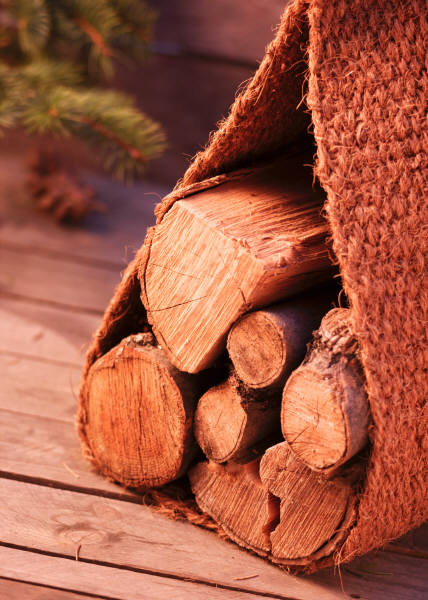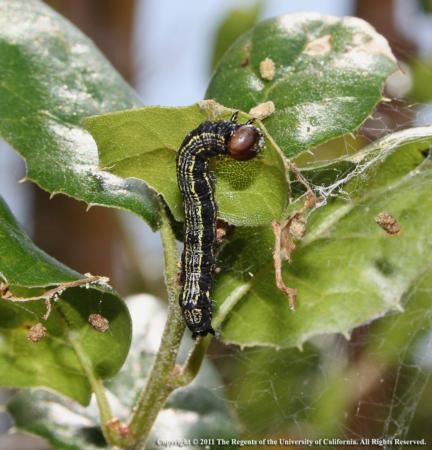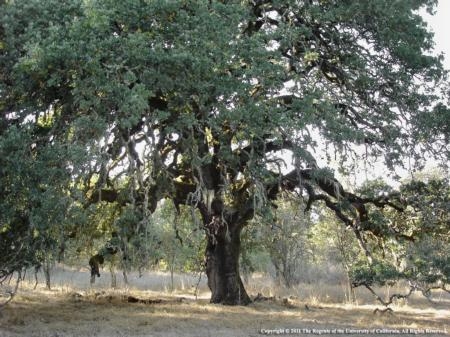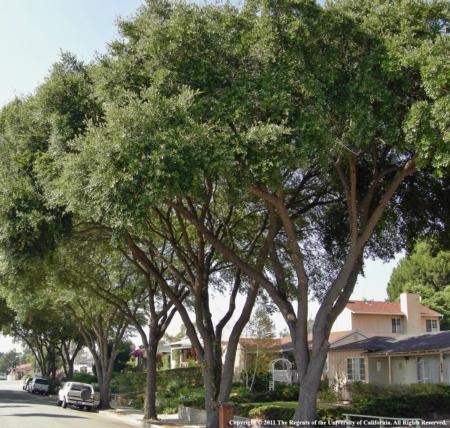
Posts Tagged: oaks
Buy It Where You Burn It, the Sequel

Firewood borne diseases and pests can cause devastating damage to trees and huge financial losses to growers and the agricultural community. The simple yet important act of keeping firewood purchases local and not transporting to public areas can help prevent invasive pests such as the Asian Citrus Psyllid (ACP), gold spotted oak borer, emerald ash borer and others from gaining a foothold in your community.
For more useful information about this important effort, visit the California Firewood Task Force website. The Farm Bureau Pest Issues webpage has a list of invasive pests and diseases that could threaten Ventura County. Also check out a special presentation on ACP at the UCCE ACP Workshop webpage.
Buy it where you burn it
As the season for outdoor activities and gatherings gets into full swing, we would like to remind you to burn only local wood at campfires and cookouts.
Why is burning only local wood important? Several destructive invasive pests attack trees and continue to inhabit the wood after the tree has died. When and if an infested tree is cut up and used for firewood the pests go along for the ride and broaden their range. The pests can be extremely small and invisible to the naked eye.
These pests include:
- The Red Bay Ambrosia beetle (RBA). This tiny insect and the fungus it carries can kill a healthy avocado tree in six months or less. Laurel Wilt Disease caused by the fungus carried by RBA is already established in the South Eastern portion of our country and is expected to travel to our state. RBA has the potential to devastate our avocado industry along with backyard trees.
- The Gold Spotted Oak Borer (GSOB) is already in our state and is responsible for killing tens of thousands of oak trees. The loss of oak trees, especially in the wild brings many negative impacts: loss of wildlife habitat, greater risk of erosion and catastrophic fire, invasion of noxious weeds, as well as safety risks related to falling trees or branches. Additional information about GSOB can be found at this website.
- The Tea Shot Hole Borer is also in California, but to date there have been no reports of the potentially deadly fungal damage it can spread. The Tea Shot Hole Borer is also a serious pest of avocado trees. Other hosts include: castor bean plant, black locust, lychee, and acer.
Please do what you can to minimize the spread of these destructive invasive species. Remember when it comes to firewood -- buy it where you burn it!
gsob.org
Over the last 10 years, the Goldspotted Oak Borer (GSOB) has killed approximately 80,000 oak trees in San Diego County – including many large trees that were hundreds of years old.
To date GSOB has caused significant economic, ecological, cultural, and aesthetic losses in San Diego County. The costs of dead tree and infested wood alone is staggering.
GSOB (Agrilus Auroguttatus) is an invasive insect in California. Because it is a non-native pest there are not natural defense mechanisms to keep this insect in check. There is concern among experts that GSOB will continue to move north through California. Susceptible oak species are: coast live oak, California black oak, and canyon live oak.
It is highly suspected that GSOB entered California in firewood. GSOB larvae can live under the bark of dead oaks for over a year before exiting as adults. It is likely GSOB has spread so quickly in San Diego County via firewood movement. Because of this, it is extremely important to be mindful of where your firewood comes from. The movement of infested firewood could easily establish this destructive pest throughout the state.
To learn more about GSOB, or to get involved in preventing its spread, please see the gsob.org website.
And remember, to protect California’s Forest – Buy and Burn Local Firewood! Don’t move it around!
California Oakworm
Populations of California oakworm (Phryganidia californica, family Dioptidae), vary from year to year with no particular pattern. Judging from calls to our office, this year’s population levels are very high. In the caterpillar stage, these insects can cause widespread damage to leaves.
The good news is healthy oaks can generally tolerate extensive loss of leaves without serious harm. UC IPM’s California Oakworm guideline provides information to help you care for your trees.
Topics include:
- Identification
- Life cycle
- Damage
- Management
- Monitoring tools
- Biological control
- Cultural controls
- Chemical controls
 California oakworm larva. Photo by J. Neve.
California oakworm larva. Photo by J. Neve.
California Agriculture – fall 2011
The current issue of UC's California Agriculture, subtitled Stewards of the land: Private owners share views on forest and range resources, contains several articles highlighting various aspects of our state’s natural resources. Many challenges to our natural environments are anticipated as California continues to develop and grow.
UC’s researchers are highly motivated to find solutions in their areas of expertise. To learn more about what is being done to improve our collective environmental future, please see the following articles available online:
- Forest and rangeland owners value land for natural amenities and as financial investment
- Tree shelters and weed control enhance growth and survival of natural blue oak seedlings
- Hedgerows enhance beneficial insects on farms in California’s Central Valley
- Water sensors with cellular system eliminate tail water drainage in alfalfa irrigation
- Totally impermeable film retains fumigants, allowing lower application rates in strawberry
- Research on fire and ecosystem services must incorporate climate realities
- California Firewood Task Force’s message: “Buy it where you burn it”
- Water workgroup recommends new salinity guidelines for regulatory agencies
- Tree-killing pathogen traced back to California



